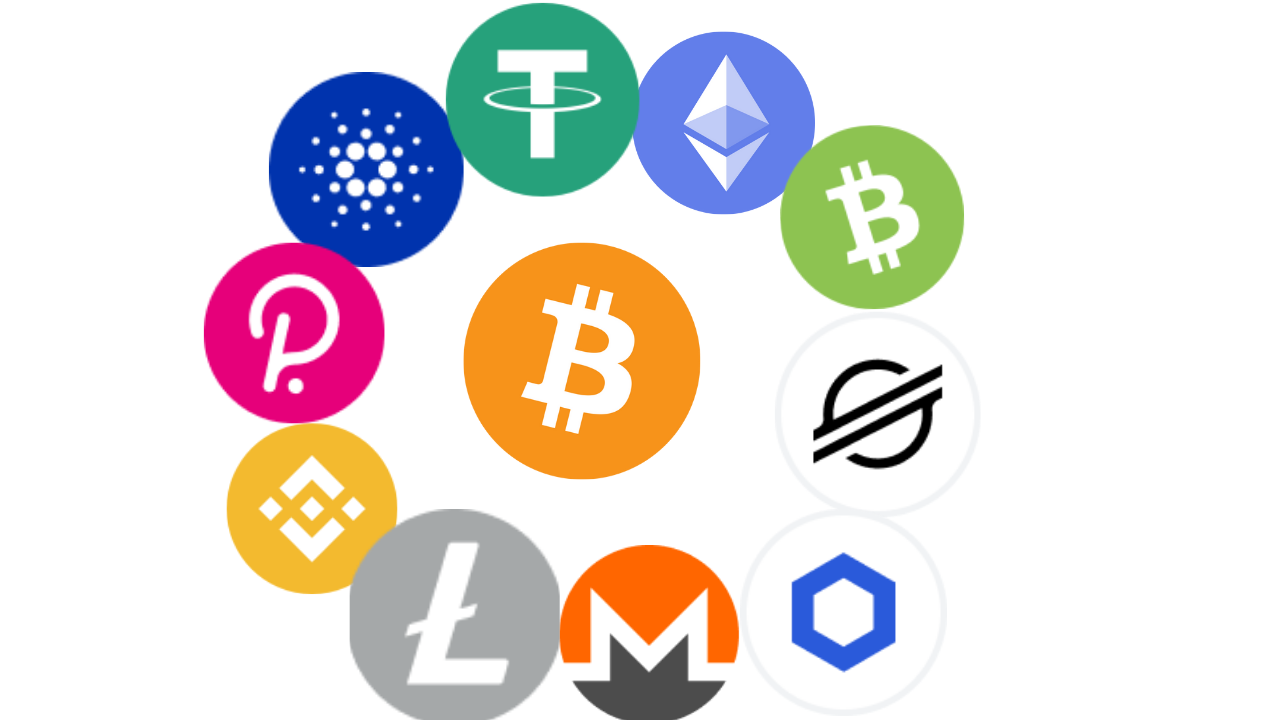Do all cryptocurrencies use blockchain
The UK's Financial Conduct Authority estimated there were over 20,000 different cryptocurrencies by the start of 2023, although many of these were no longer traded and would never grow to a significant size Caesars Casino.
These crypto coins have their own blockchains which use proof of work mining or proof of stake in some form. They are listed with the largest coin by market capitalization first and then in descending order. To reorder the list, just click on one of the column headers, for example, 7d, and the list will be reordered to show the highest or lowest coins first.
Almost. We have a process that we use to verify assets. Once verified, we create a coin description page like this. The world of crypto now contains many coins and tokens that we feel unable to verify. In those situations, our Dexscan product lists them automatically by taking on-chain data for newly created smart contracts. We do not cover every chain, but at the time of writing we track the top 70 crypto chains, which means that we list more than 97% of all tokens.
NFTs are multi-use images that are stored on a blockchain. They can be used as art, a way to share QR codes, ticketing and many more things. The first breakout use was for art, with projects like CryptoPunks and Bored Ape Yacht Club gaining large followings. We also list all of the top NFT collections available, including the related NFT coins and tokens.. We collect latest sale and transaction data, plus upcoming NFT collection launches onchain. NFTs are a new and innovative part of the crypto ecosystem that have the potential to change and update many business models for the Web 3 world.

Are all cryptocurrencies the same
Investing in cryptocurrencies is a little different than investing in shares of a company. Stock represents ownership of a business and a claim to profits the company generates. Purchasing coins of a cryptocurrency, though, is a speculative bet on the price movement of that digital currency -- which can be highly volatile and is subject to the law of supply and demand since digital currency by itself is not a dynamic asset. Cryptocurrencies can be exchanged for other digital currencies or for fiat currencies like the U.S. dollar using a digital wallet on a trading app.
Suzanne Frey, an executive at Alphabet, is a member of The Motley Fool’s board of directors. Nicholas Rossolillo has positions in Alphabet, Apple, Bitcoin, Block, Cardano, Ethereum, and Solana. The Motley Fool has positions in and recommends Alphabet, Apple, Avalanche, Bitcoin, Block, Cardano, Coinbase Global, Ethereum, Solana, and XRP. The Motley Fool recommends CME Group. The Motley Fool has a disclosure policy.
This website contains certain forward-looking statements that are subject to various risks and uncertainties. Forward-looking statements are generally identifiable by use of forward-looking terminology such as “may,” “will,” “should,” “potential,” “intend,” “expect,” “outlook,” “seek,” “anticipate,” “estimate,” “approximately,” “believe,” “could,” “project,” “predict,” or other similar words or expressions. Forward-looking statements are based on certain assumptions, discuss future expectations, describe future plans and strategies, or state other forward-looking information. Our ability to predict future events, actions, plans or strategies is inherently uncertain and actual outcomes could differ materially from those set forth or anticipated in our forward-looking statements. You are cautioned not to place undue reliance on any of these forward-looking statements.

Investing in cryptocurrencies is a little different than investing in shares of a company. Stock represents ownership of a business and a claim to profits the company generates. Purchasing coins of a cryptocurrency, though, is a speculative bet on the price movement of that digital currency -- which can be highly volatile and is subject to the law of supply and demand since digital currency by itself is not a dynamic asset. Cryptocurrencies can be exchanged for other digital currencies or for fiat currencies like the U.S. dollar using a digital wallet on a trading app.
Suzanne Frey, an executive at Alphabet, is a member of The Motley Fool’s board of directors. Nicholas Rossolillo has positions in Alphabet, Apple, Bitcoin, Block, Cardano, Ethereum, and Solana. The Motley Fool has positions in and recommends Alphabet, Apple, Avalanche, Bitcoin, Block, Cardano, Coinbase Global, Ethereum, Solana, and XRP. The Motley Fool recommends CME Group. The Motley Fool has a disclosure policy.
Are all cryptocurrencies based on blockchain
Where do Bitcoins come from? Bitcoin was created by a software developer under the pseudonym Satoshi Nakamoto. Nobody knows who Nakamoto is and it's doubtful that Nakamoto is a single person or even a group of people.
Disclaimer: Our articles are NOT financial advice, we are not financial advisors. All investments are your own decisions. Please conduct your own research and seek advice from a licensed financial advisor.
Stablecoins are cryptocurrencies designed to maintain a fixed value by being pegged to traditional assets like fiat currencies. They offer stability in a market known for volatility, making them ideal for trading, transferring value, and preserving capital. Although built on blockchain networks, stablecoins are more commonly used for practical financial purposes rather than speculative investment.
How much money can you make from Bitcoin Mining Pools? The amount of money that you can earn from bitcoin mining pools varies depending on several factors. Before you join any pool, it's a good idea to do some research on the number of rewards that other miners are receiving and how much they are paying out to members who play by the rules.

